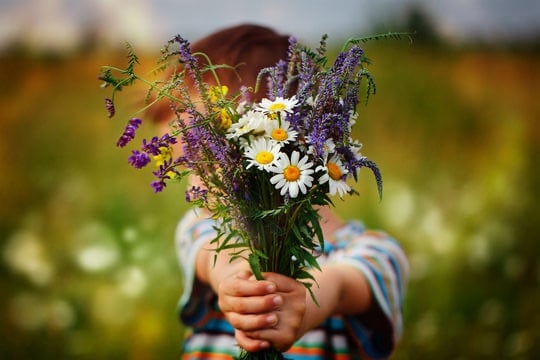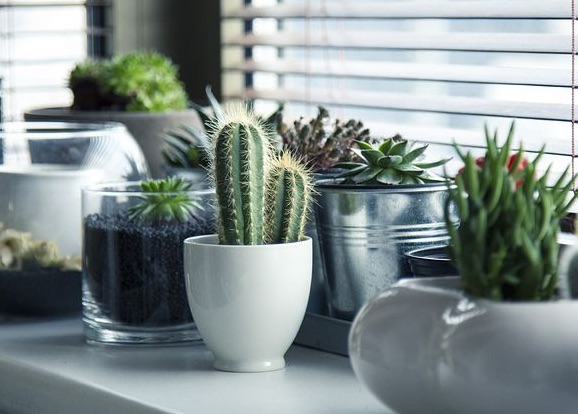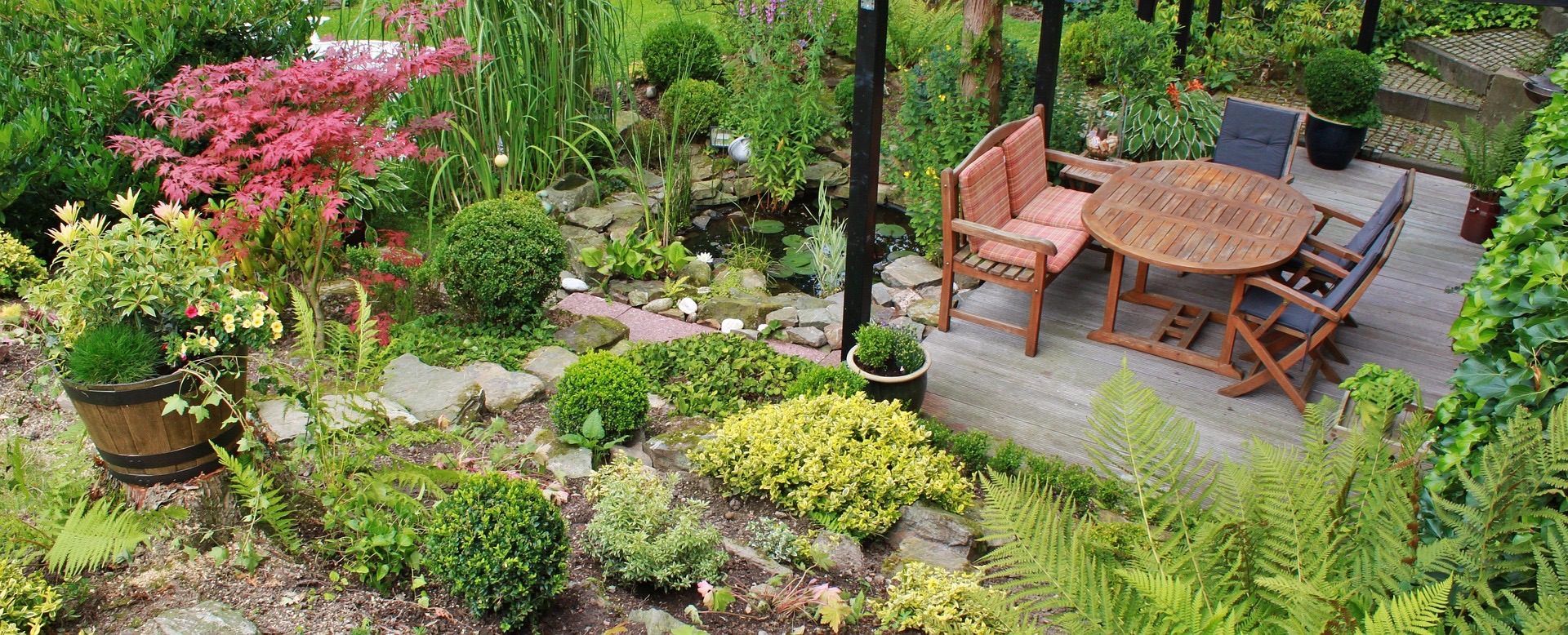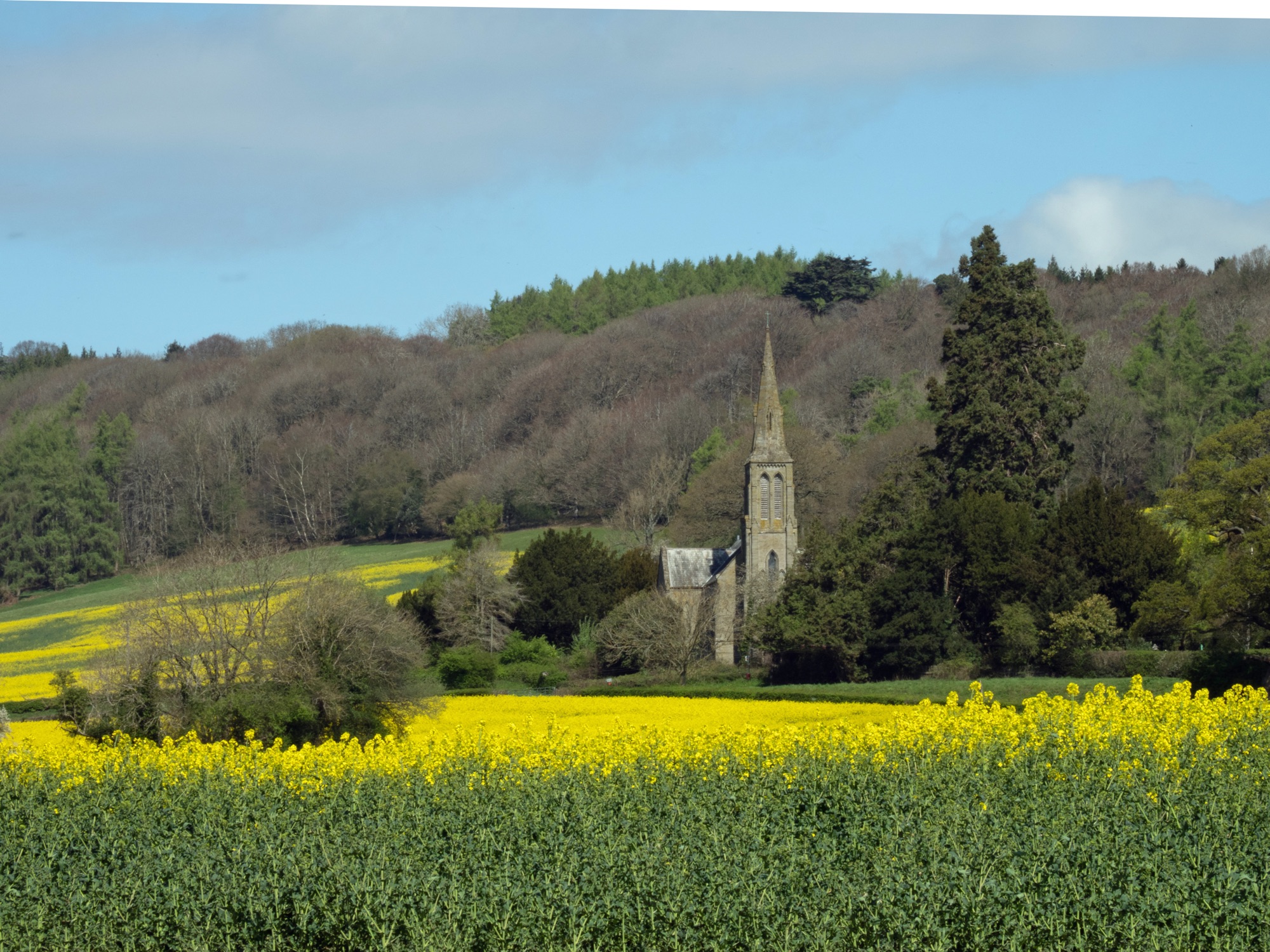Macy Lacy Garden Club
Mansel Lacy Garden Club organises visits throughout the spring and summer months and talks held in the community hall, which is located within the village Church of St. Michael and All Angels, through the autumn and winter months.
For further information or if you would like to join the Association, please contact Pam at [email protected]
UPCOMING EVENTS
The Orgasmic Cider Company (guided tour + tasting)
Venue: Great Parton Farm, Eardisley HR3 6NX
2.30pm
The Weir Garden (guided tour with head gardener)
Venue: Swainshill HR4 7QF
2.00pm
Castle Moat House (talk & guided walk)
Venue: Dilwyn HR4 8HZ
2.30pm
Afternoon Tea & Pimm’s
Venue: Mansel Court HR4 7HQ
3.00pm
Canwood Gallery (walk around sculpture garden + tea)
Venue: Checkley HR1 4NF
2.30pm
Annual General Meeting (AGM)
Venue: Mansel Lacy Community Hall
2.30pm
COMMITTEE
Chairman - John Griffiths
Vice Chairman - Cal Edwards
Treasurer - Pat Astley
Secretary and Membership - Pam Powell
Speakers Secretary -
Visit Secretary - Pam Powell
Social Secretaries - Gillie Bullmer and Jill Gallimore
MEMBERSHIP
and
VISIT BOOKINGS
For information on joining the club please contact Pam.
All members are contacted by email regarding forthcoming visits and will need to confirm attendance by return email to:
Teach the Children

We don’t matter so much, but the children do.
Show them daisies and the pale hepatica. Teach them the taste of sassafras and the wintergreen, the lives of blue sailors, mallow, sunbursts, the moccasin flowers.
And the frisky ones- inkberry, lamb’s quarters, blueberries.
And the aromatic ones –rosemary, oregano. Give them peppermint to put in their pockets as they go to school.
Give them the fields and the woods and the possibility of the world salvaged from the lords of profit.
Stand them in the stream, head them upstream, rejoice as they learn to love this green space they live in, its sticks and leaves and then the silent, beautiful blossoms.
Attention is the beginning of devotion
Prose by Mary Oliver

April: Talk by Ian Thwaites
An Introduction to Cacti and Succulents
Ian is an award winning professional plant and garden photographer, an author and has a specialist knowledge of cacti and succulents. He is the chairman of the British Cacti and Succulent Society.
He certainly lived up to his title as he gave us a detailed account of how to grow, take cuttings and look after these plants.
He started his collection when young and has grown hundreds of different varieties from small to large, prickly to smooth and some with beautiful flowers.
It was lovely to be able to handle the plants so that we could appreciate the different textures and colours close up. Ian explained that cacti and succulents should be kept dry in the winter then start to introduce water gradually in spring. Ian waters his in the shower then leaves them to dry thoroughly before watering again. Using the shower not only gives them a good soak but also washes out the cobwebs from the prickly spines!
Ian certainly tried to inspire us to give cacti and succulents a go as they are easy to care for as long as they have well drained compost with added grit or perlite and good light.
Sue Carpenter

March: Talk by Richard Rallings
Tips for Garden Design
Richard and his wife Jill own Mynd Hardy Plants, a beautiful nursery within the Victorian walled garden of Delbury Hall in Diddlebury, Shropshre.
Here you will find not only a thriving nursery selling superb perennials, but also lavishly planted herbaceous borders reflecting the plants for sale which are propagated by Richard and Jill or sourced locally.
Richard is a soil specialist and an environmental advisor but is also a trained garden designer and it is this topic that he came along to talk to us about.
Firstly establish a simple theme to fit in with the surroundings, complement the house and meet the needs you require. This was demonstrated to us with beautiful slides from castles and stately homes to cottages and modern properties. Slides of gardens demonstrated how to use proportions, balance and colour to the best advantage.
Climate change could affect the plants that we choose, our seasons are changing, spring and summers are getting drier whilst we seem to have wetter and warmer autumns and less snow in the winter. However as I write the garden is covered with snow and my plans for making any changes are put on hold until the sun comes out!
Sue Carpenter

February: Talk by Nick Morgan
Making the most of your Greenhouse
Nick is a RHS Master of Horticulture and was heavily involved in the creation of the much acclaimed glasshouse at Wisley, so it was a great pleasure to welcome him to our garden club to share his knowledge on greenhouses.
The size of your greenhouse does not matter, what is important is how we manage it. Ideally it is best located running east/west to make the most of months when daylight is at a premium. Cleaning will also allow the daylight to enter and this should be done in early spring using hot soapy water.
The cost of heating a greenhouse over the winter months is expensive, using insulation is a good alternative. Polystyrene on staging covered with plastic and a layer of wool fleece will keep the roots of plants warm, then a layer of fleece over the top should be sufficient to keep the plants alive over winter.
Good ventilation is important. Open windows on warm days to allow the circulation of cooler air. Automatic window openers are useful as the temperature, airflow and humidity can be controlled easily.
In early spring Nick uses a heat mat under his seed trays as the bottom heat helps the seeds to germinate. The border inside the greenhouse can be used in spring to grow radish, lettuce, rocket, spring onions, but always sow thinly and ensure that the rows are spaced well apart to enable good light to the plants as they grow. Remember to replenish the soil with new compost before sowing. If you do not have a border of soil in your greenhouse, seeds can be sown in pots, remember to sow thinly and keep warm.
In summer, shading, watering and feeding become the main focus. Soil should be kept consistently moist. Overwatering will cause tomatoes to split, under watering could cause blossom end rot. It is best to use tap water as rainwater from a butt could introduce disease into the greenhouse unless you keep the inside of the butt really clean.
Summer plants grown in the greenhouse include tomatoes, cucumber, peppers, chilli and aubergine. This is when the greenhouse is at it’s best and you are rewarded with tasty fresh produce.
Sue Carpenter

January: Talk by David Lovelace
Ancient Trees and Wooland of Herefordshire
Our January meeting welcomed David Lovelace, a landscape and mapping historian who is a very experienced and knowledgeable speaker, to give a talk “ Ancient Trees and Woodland of Herefordshire”
Herefordshire contains a third of the documented ancient woodlands in the West Midlands and he showed us digital images and maps of Deerfold Forest, Eton Park, Haugh Wood, Hansnett Wood and Haye Forest. The King’s Forest of Haye reached as far as Hereford’s ‘Old Bridge’ and King Richard II in 1383 provided funds to repair the bridge after flooding.
Haugh Wood is a site of Special Scientific Interest due to rich diversity and nationally recognised for its butterflies and moths. The very rare Pearl Bordered Fritillary butterfly thrives in recent coppiced areas as do the rare Woodland White butterfly and Drab Looper moth.
Coppicing is a traditional woodland management technique that dates back to the Stone Age and ensures regular supplies of timber and firewood. Today it is used to open up the canopy to allow sunlight through, thus creating a good environment for new plants and wildlife.
One of the sources David uses is LIDAR ( Light Detection and Ranging). LIDAR scanning can be used to find hidden or lost features in the landscape. This technique recorded a medieval ridge and furrow ploughing hidden beneath enclosed arable fields in Herefordshire. Current digital techniques help to reveal the underlying heritage, landscape and biodiversity of the city and countryside. The digital revolution has made historical sources newly accessible and David Lovelace has fully realised the potential of this. He helps to restore plantations on ancient woodland sites and the Herefordshire Tree Forum should help to secure the County’s vision for an outstanding natural environment.
The talk covered Ancient Woodland of Herefordshire and as time ran out David did not cover Ancient Trees of Herefordshire. This could be covered at another meeting if the members wish.
Sue Carpenter